
4th March 2025
15 min read
Renting a car and exploring Portugal by road is a fantastic way to experience the country at your own pace. However, before setting off, it's essential to familiarise yourself with road signs and markings to ensure a smooth and safe journey.
Portuguese road signs align with European standards, meaning their shapes, colors, and meanings are largely universal. Here’s a quick guide:
Red and white triangular signs serve as warnings, alerting drivers to potential hazards such as sharp bends, pedestrian crossings, or roadworks.
Red and white circular signs indicate legal restrictions for a specific road section, such as speed limits or no-entry zones.
Blue and white circular signs provide mandatory instructions, such as a required turn or seatbelt use.
Square or rectangular signs offer general road information, including highway directions, tourist attractions, or nearby services like rest areas and hospitals.
Essential Portuguese Road Signs
| Give Way |
Roundabout Ahead |
Priority Road Starts/Ends |
Stop |
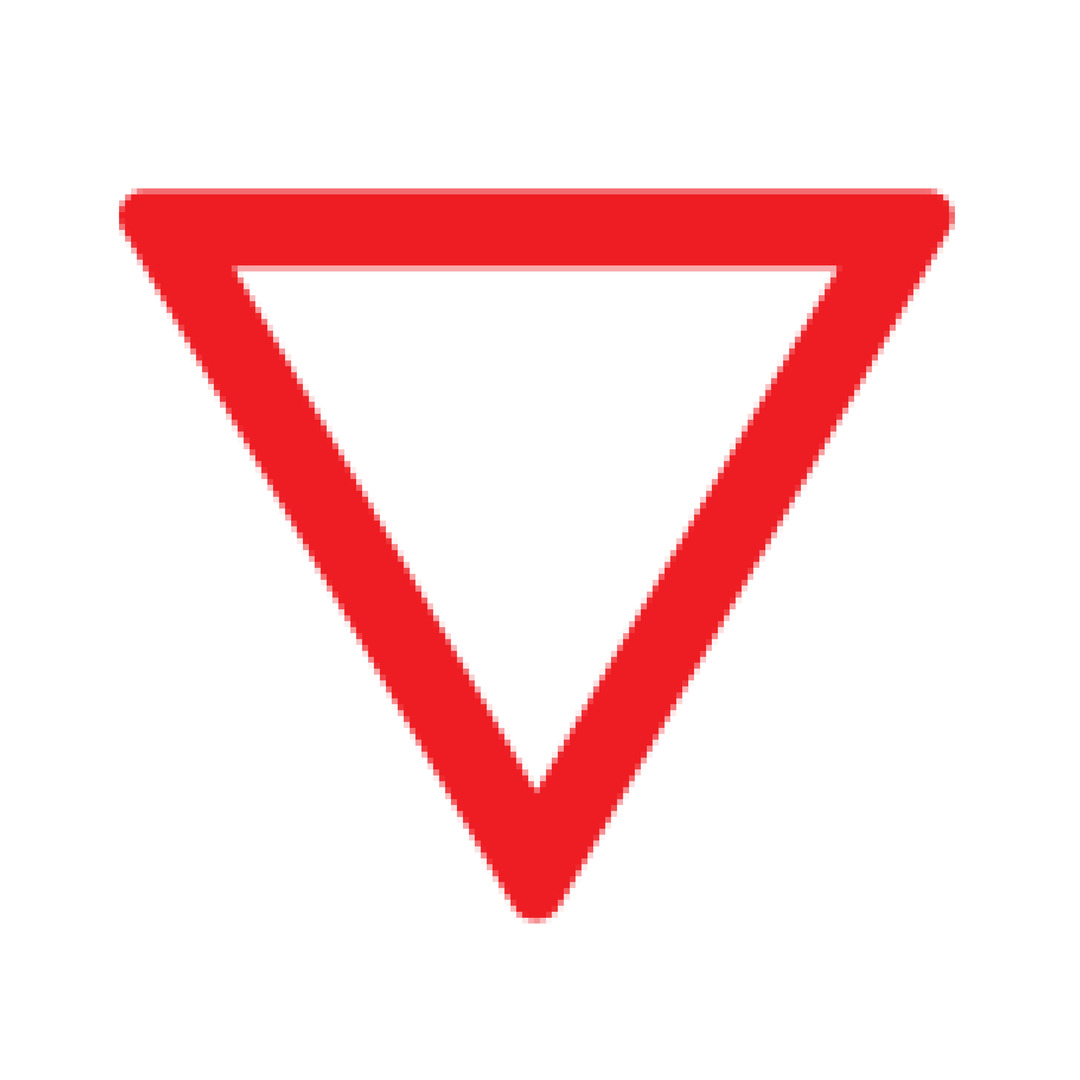
|
 |
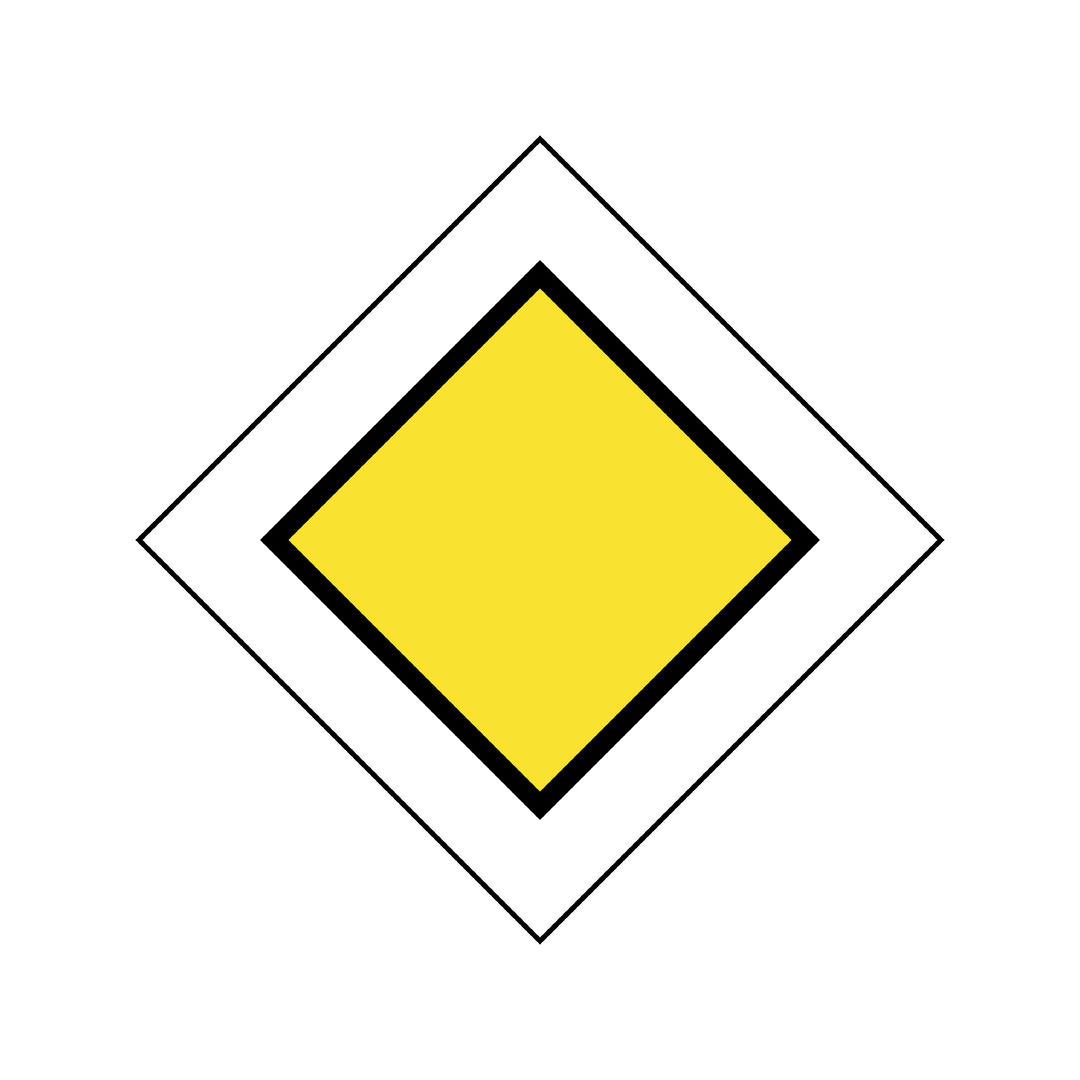
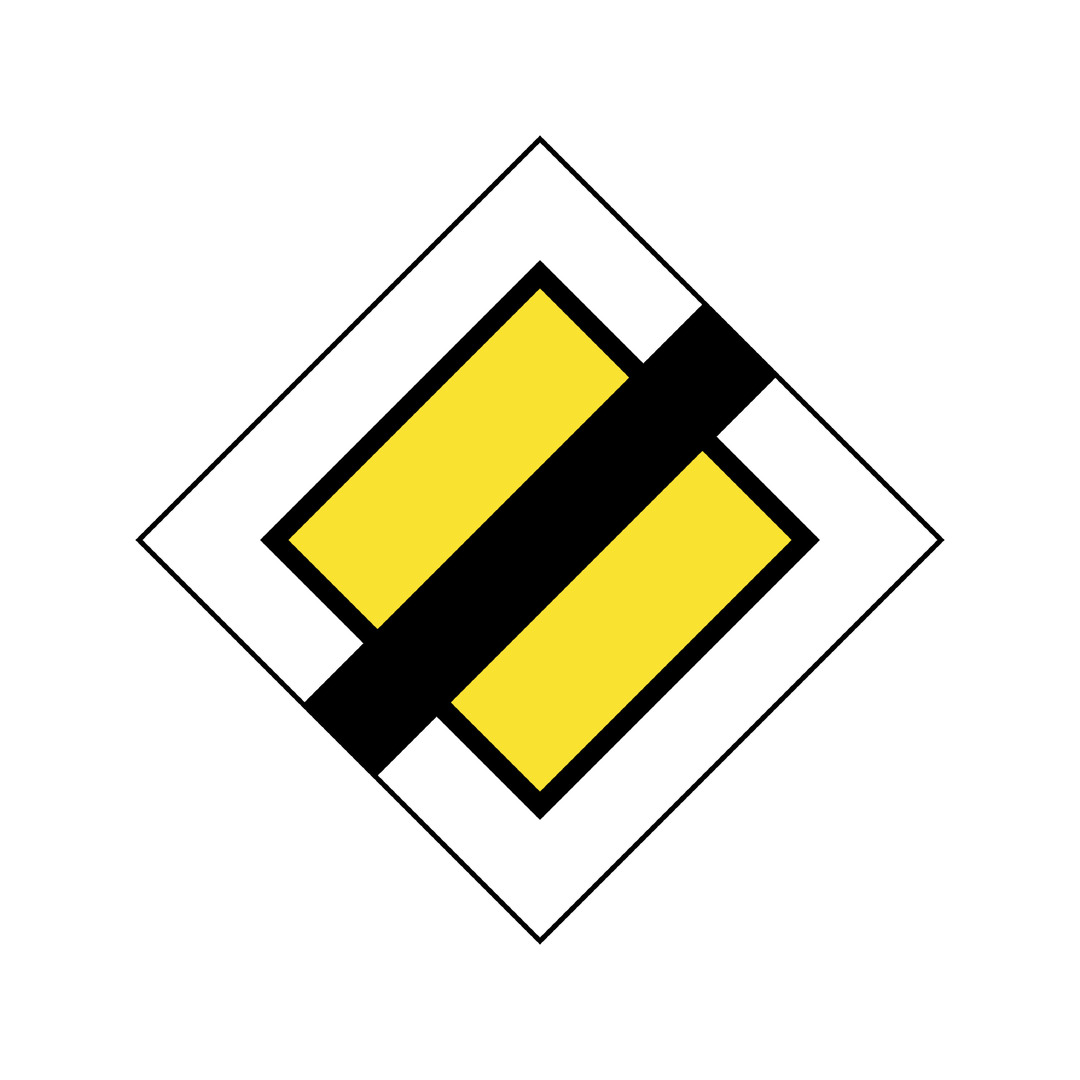 |
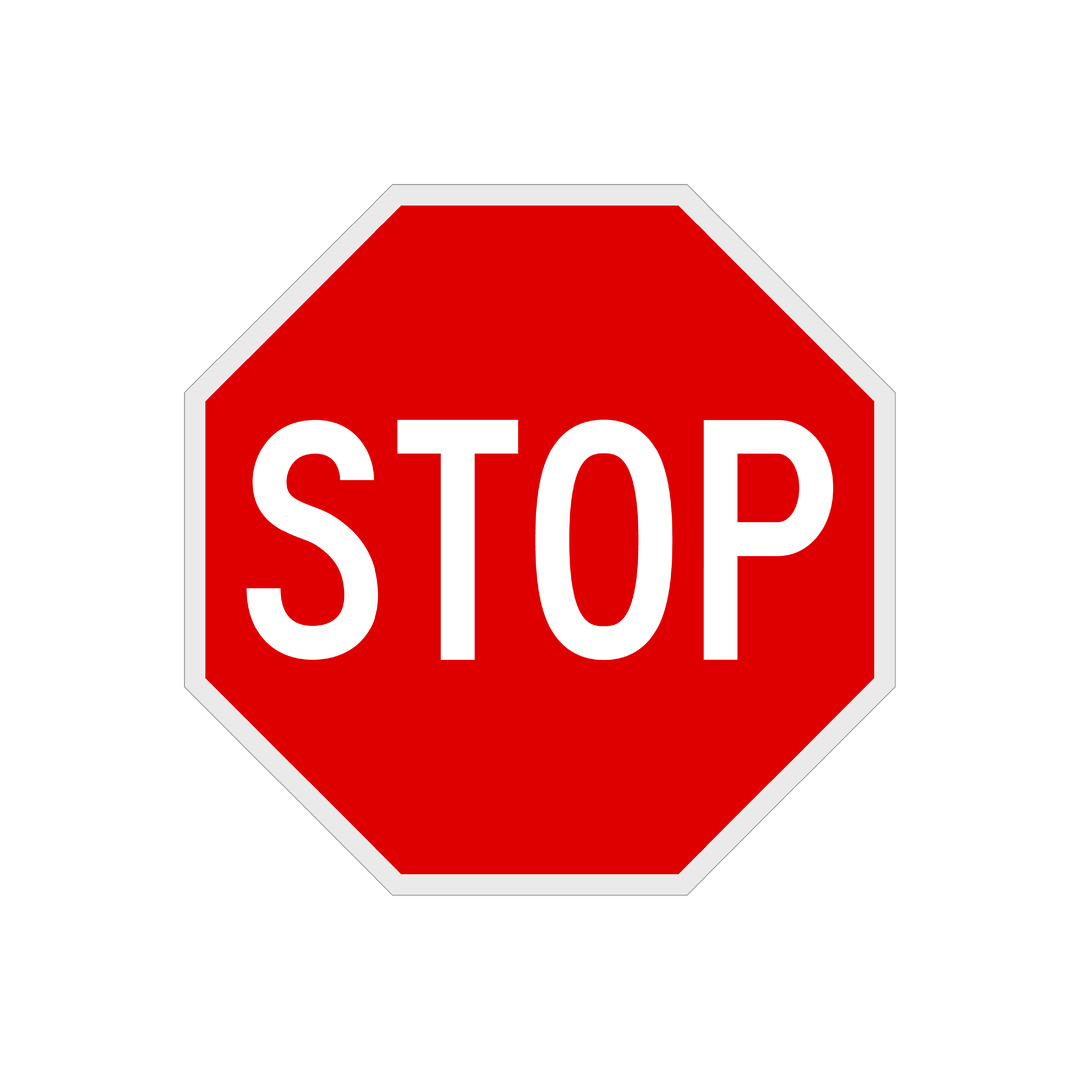 |
| In Portugal, ‘give way’ signs do not include any text. Instead, they are represented by a downward-pointing red triangle, signaling that drivers must yield to approaching or crossing traffic. These signs are often paired with road markings that indicate where vehicles should stop. |
Portuguese roundabout signs are similar to those in the UK, with one key difference - the arrows point counterclockwise instead of clockwise. This reflects Portugal’s right-hand driving system, where traffic flows to the right of the roundabout. |
A yellow diamond with a white border signifies the start of a priority road, granting you the right of way while driving on it. The end of a priority road is marked by the same diamond shape but with a black line through it, indicating that you no longer have priority. |
The red octagonal 'Stop' sign with white lettering is widely recognised across Europe, regardless of the local language. It is usually paired with road markings that indicate where drivers must come to a complete stop and yield to approaching traffic. |
| Entry Not Allowed |
No Stopping/No Parking |
No Overtaking |
Attention Cows |
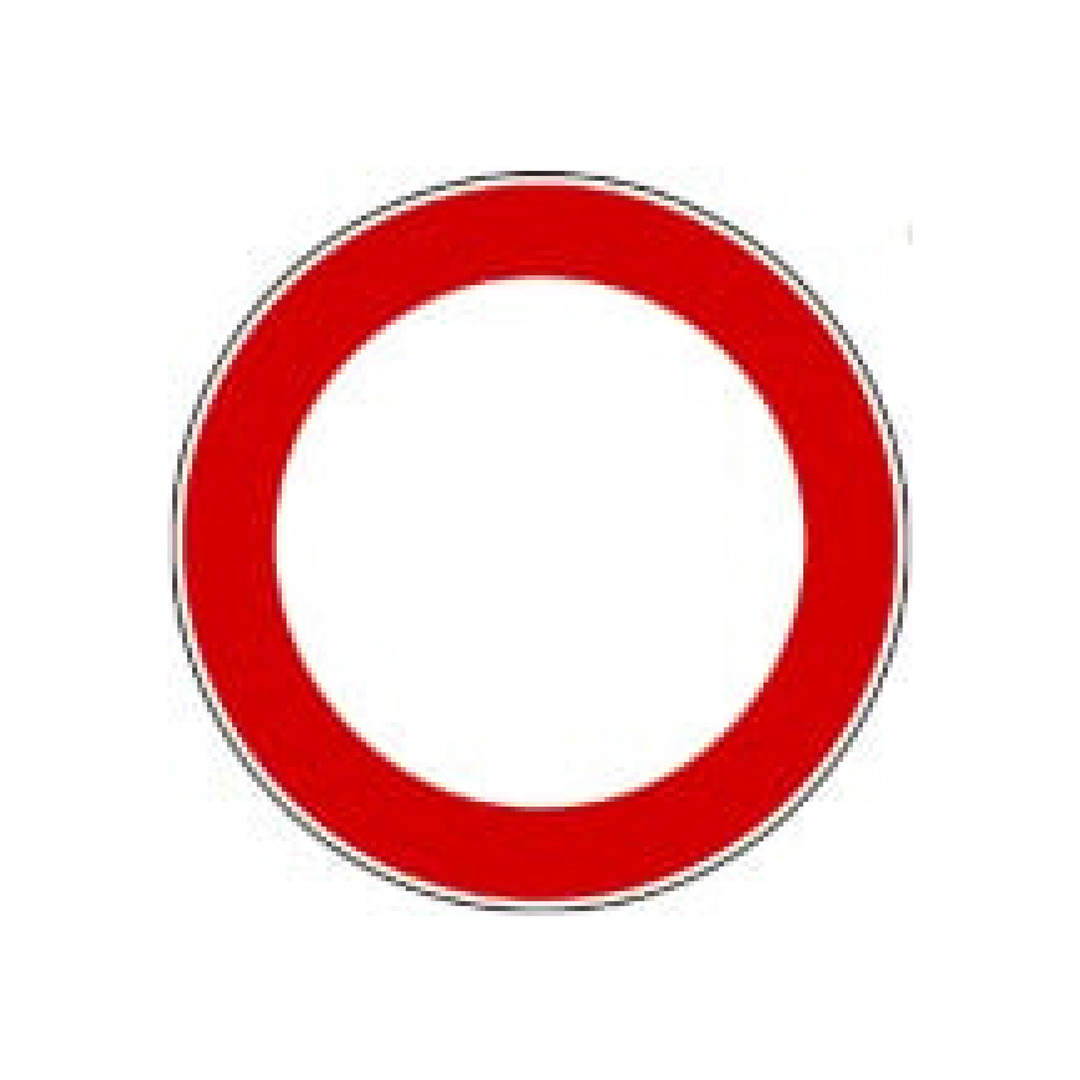 |

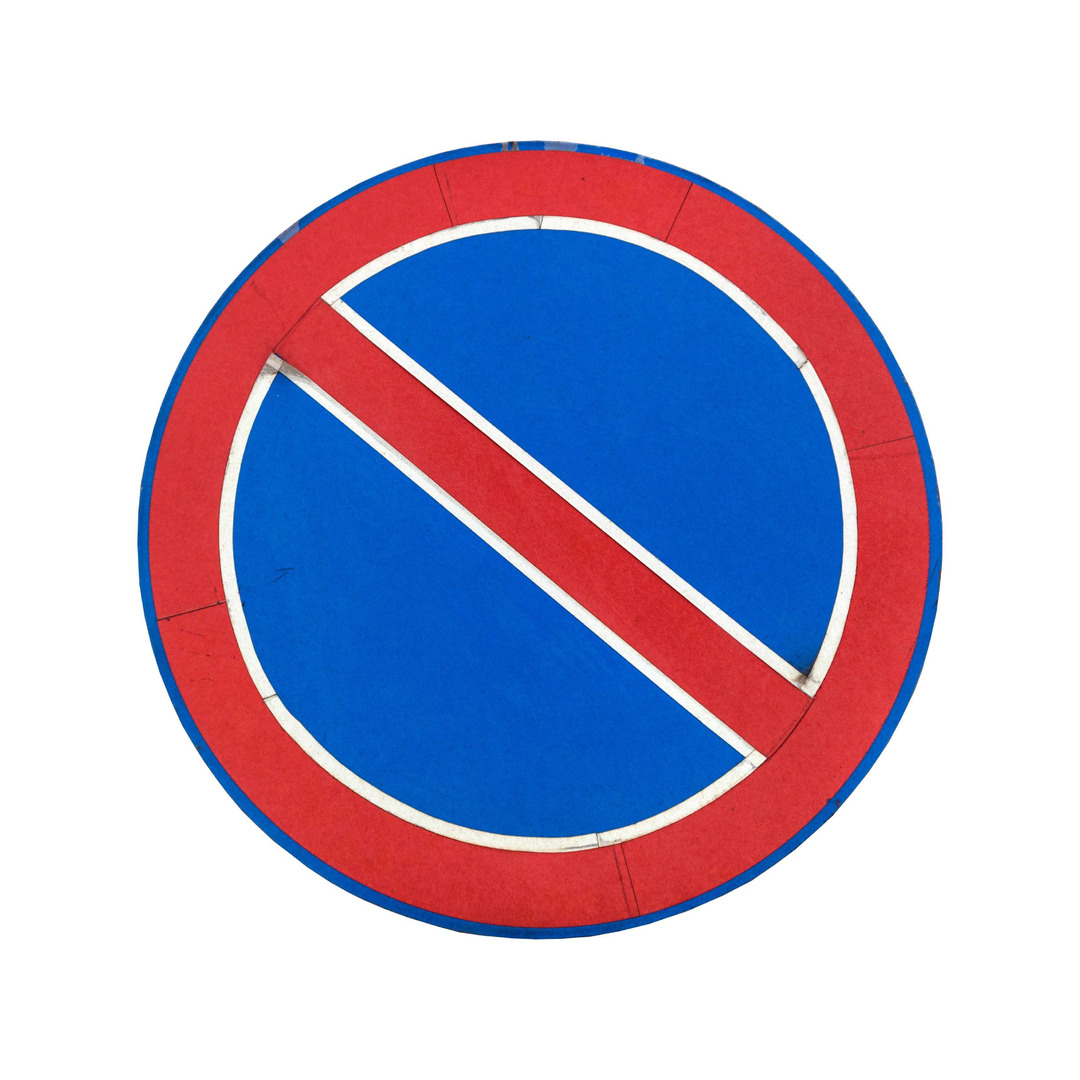 |
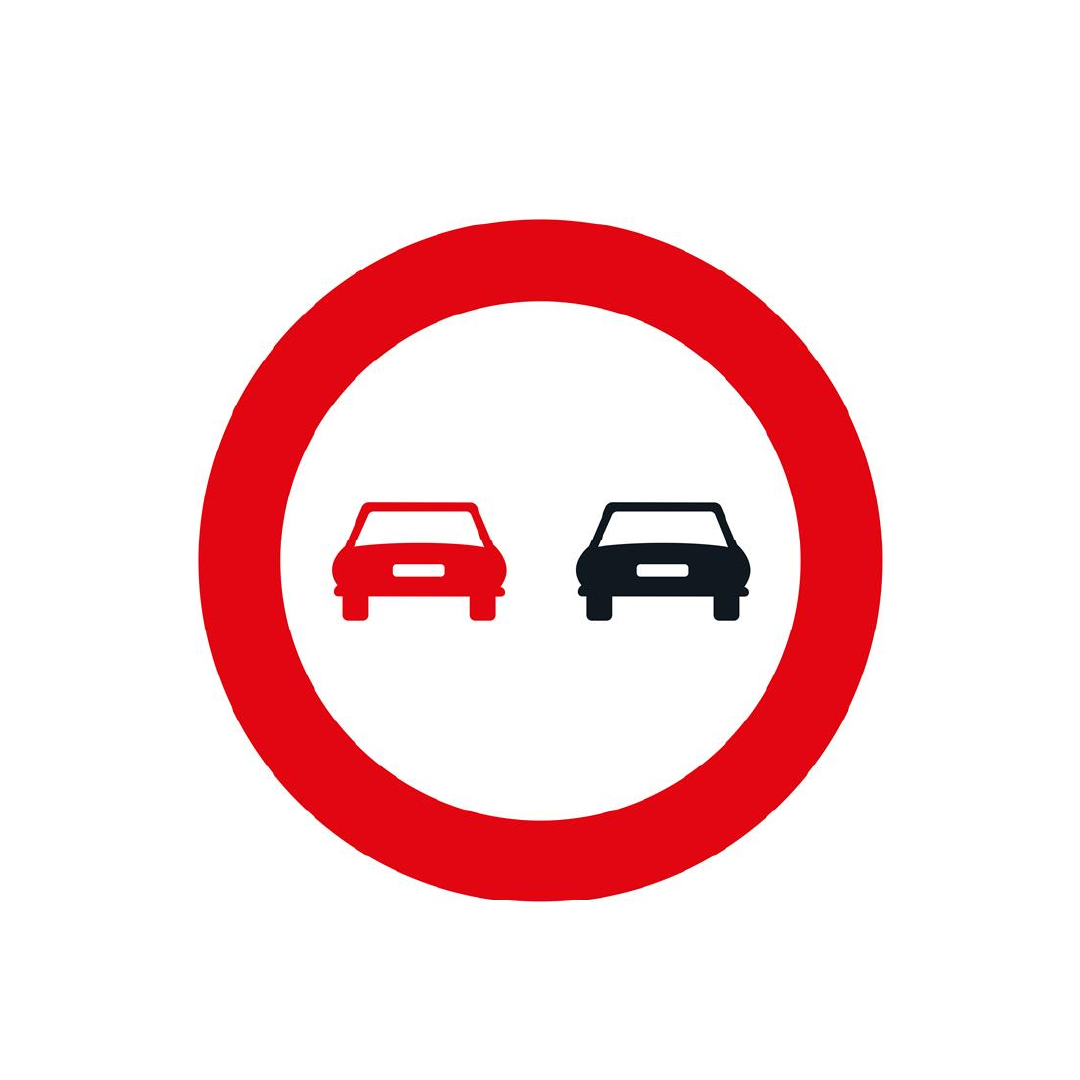 |
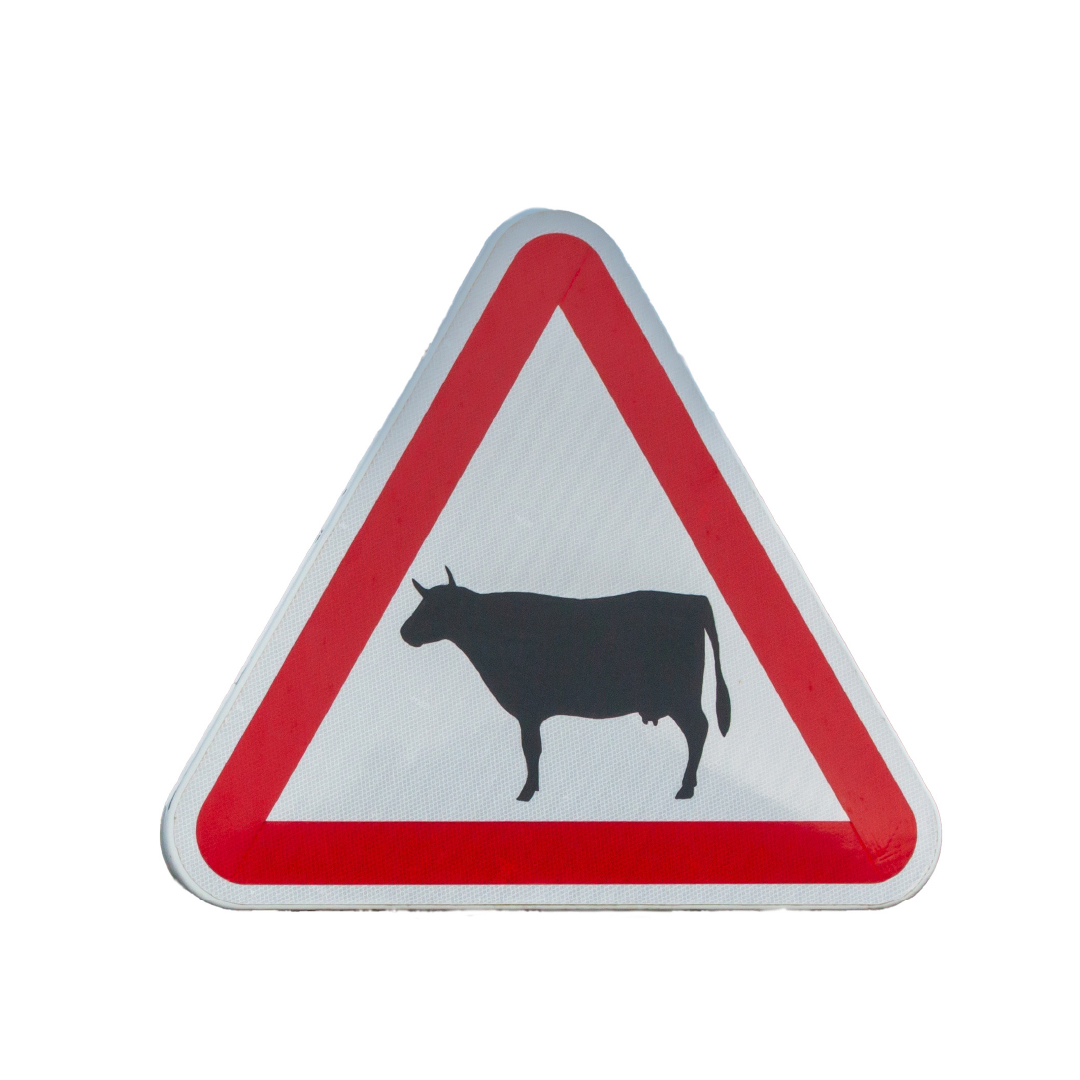 |
| The Portuguese 'No Entry' sign features a white circle with a red border. It clearly indicates that entry is prohibited to both vehicles and pedestrians. |
A ‘no stopping’ sign has two intersecting diagonal lines whilst a ‘no parking’ sign is identified by a single diagonal red line. These restrictions remain in effect until an ‘end of zone’ sign appears, marked by a black diagonal line crossing out the no parking or no stopping symbol. |
A red circle with two cars side by side indicates that overtaking is not allowed. This restriction remains in place until you see a sign featuring the same two cars but with black lines crossing them out, signaling the end of the restriction. |
In rural areas of Portugal, you may come across the 'Attention Cows' (Atenção Vacas) sign. This warning alerts drivers that cows could be crossing the road or grazing near the roadside, so caution is advised. |
| Crossing with More Than One Railway |
Uncontrolled Crossroad |
Chippings and Stones |
General Warning |
 |
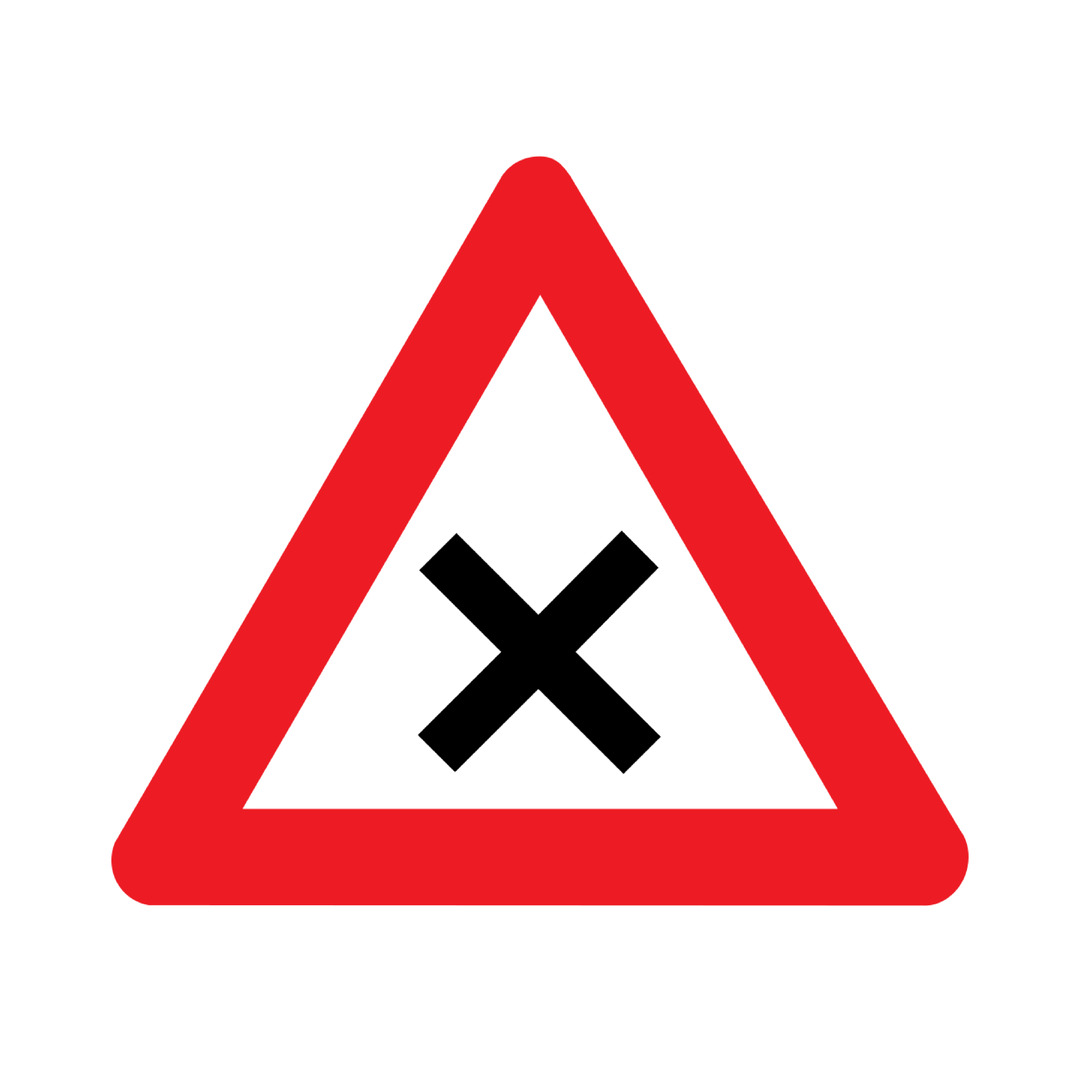 |
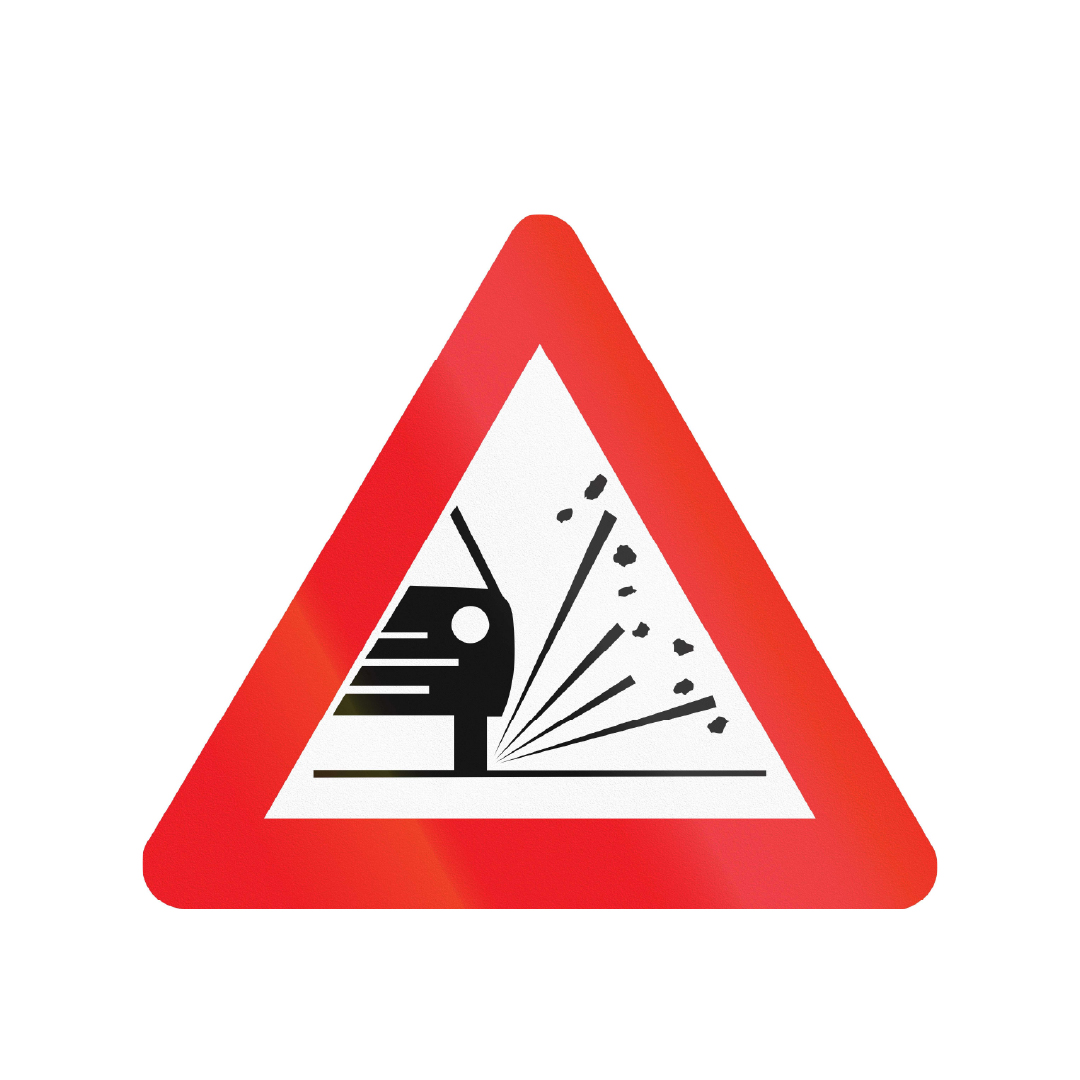 |
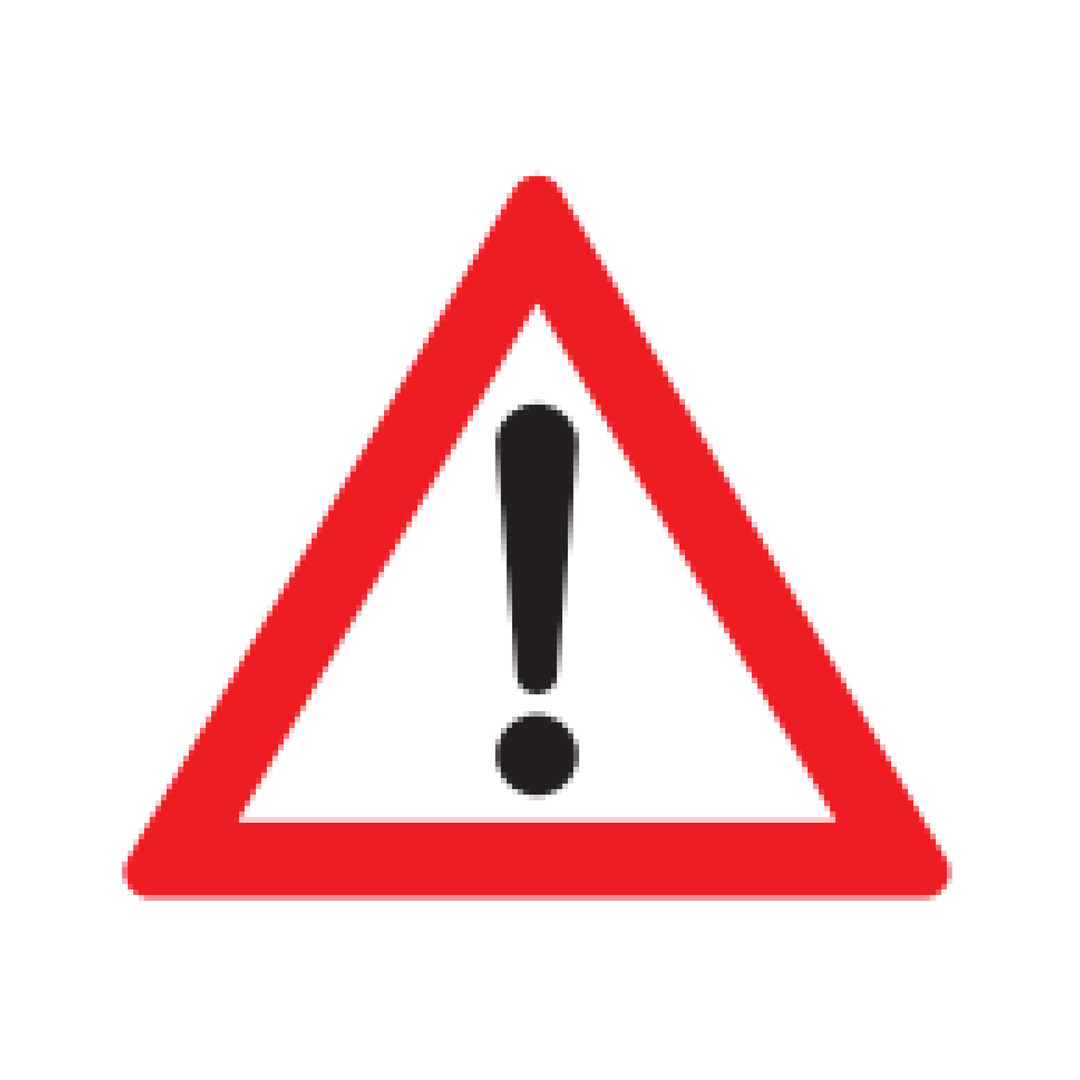 |
| This sign warns drivers of an approaching railway crossing. Be on the lookout for barriers or traffic lights indicating when to stop. |
A red triangular sign with a black cross warns drivers of an upcoming uncontrolled junction, where no traffic lights or road markings regulate the right of way. At these crossroads, drivers must yield to vehicles approaching from the right. |
A 'Loose Chippings' warning sign alerts drivers to loose gravel or small stones on the road. It’s important to slow down and drive cautiously to avoid skidding or possible damage to your vehicle from flying debris. |
This sign alerts drivers to a potential hazard, obstacle, or condition that requires attention. It may be accompanied by another sign in Portuguese, providing additional details or specific road restrictions. |
Portuguese Road Markings
Road markings in Portugal, much like in the rest of Europe, are generally consistent, but you may come across some variations. It’s a good idea to familiarise yourself with these before driving. Here’s a basic guide:
Solid white line: Marks the edge of the road or separates lanes. Vehicles must not cross these lines to overtake or turn off, except in an emergency.
Broken white line: Divides lanes of traffic; crossing is allowed when it’s safe, such as during overtaking.
Solid yellow line: Indicates no stopping or parking, typically found along curbs in urban areas.
Broken yellow line: Denotes a no-parking zone, though brief stops for loading or unloading are permitted.
Blue markings: Often mark regulated parking areas where a parking disc or meter payment is required.
Be mindful of signs and markings, as some lanes are reserved for specific vehicles like bicycles, buses, or taxis. Driving in these restricted lanes could result in fines.
Just like understanding road signs and markings will boost your confidence, purchasing our excess insurance for hire cars can provide extra peace of mind during your travels.